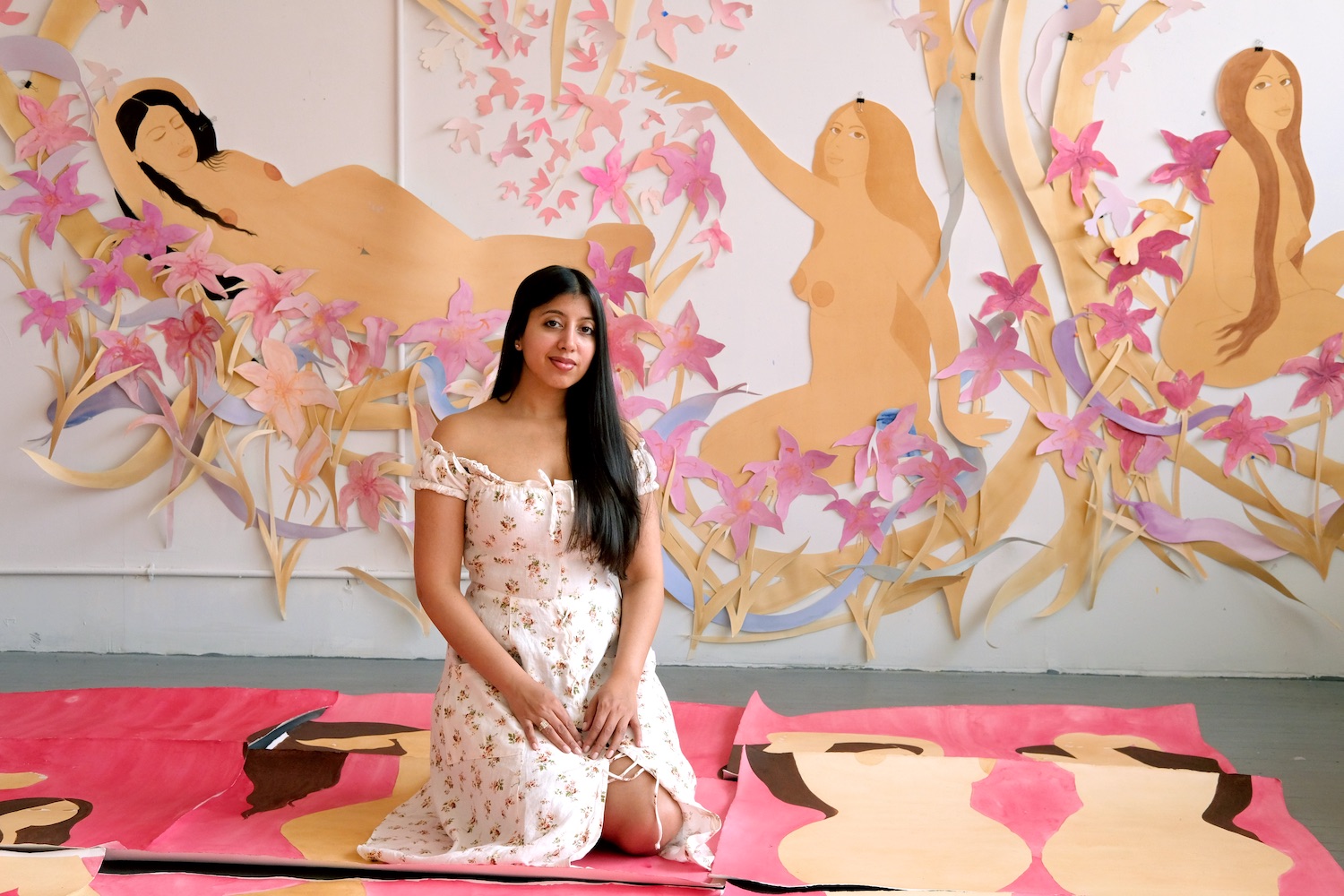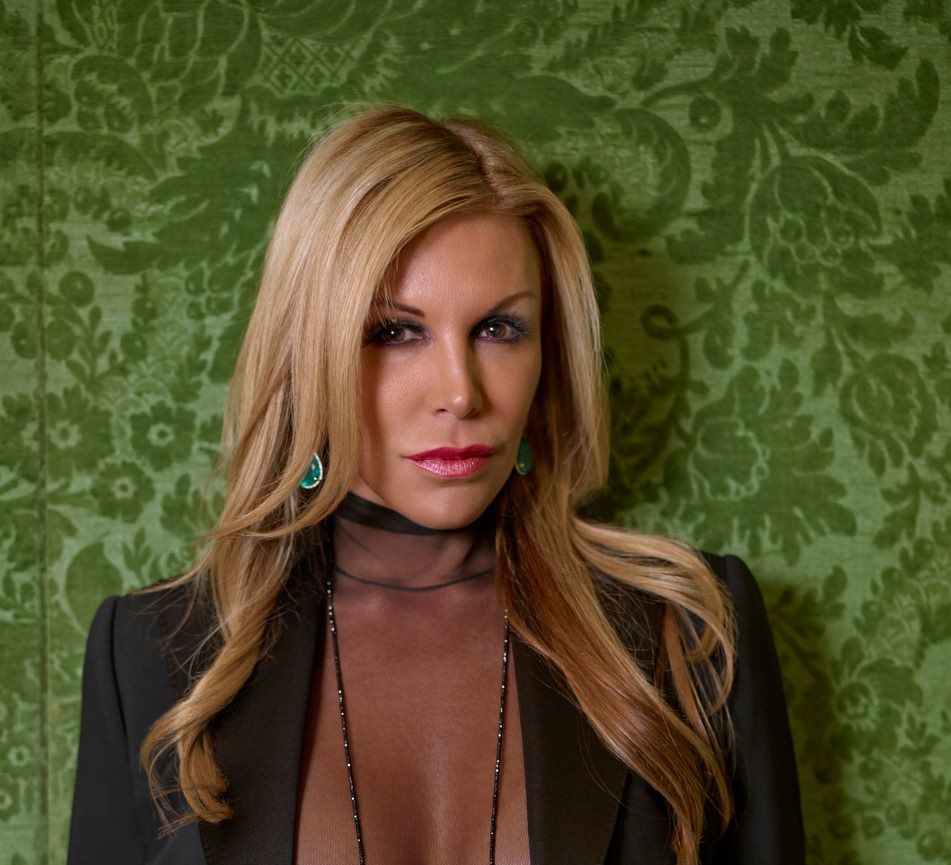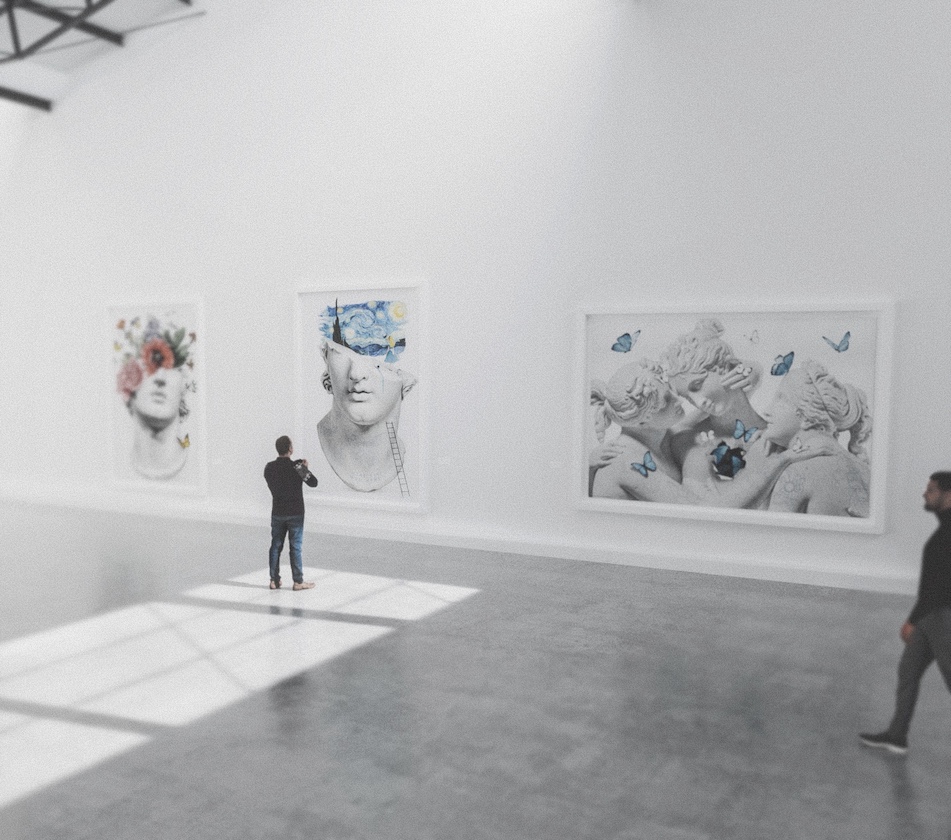On May 30 and 31, “Drive-By-Art (Public Art In This Moment of Social Distancing),” took place in Los Angeles. Organized by Warren Neidich, Renee Petropoulos, Michael Slenske and Anuradha Vikram, the outdoor public art exhibition offered viewers a chance to experience art from the safety of their car. Participants included Kenny Scharf, Todd Gray, Evan Holloway, Kulapat Yantrasast, Rebecca Levinson, Sharon Barnes, Nicole Nadeau, and more.
Whitewall checked in with multi-disciplinary artist Nadeau just after the event. With a design background, the artist’s sculptures, objects, and installations investigate identity, ritual, and the body’s relationship to nature. Experimenting with material and touch, she created flower-like structures several feet tall. Looking hand-molded and plaster-like, they were actually made from fiberglass and automotive bondo paint.
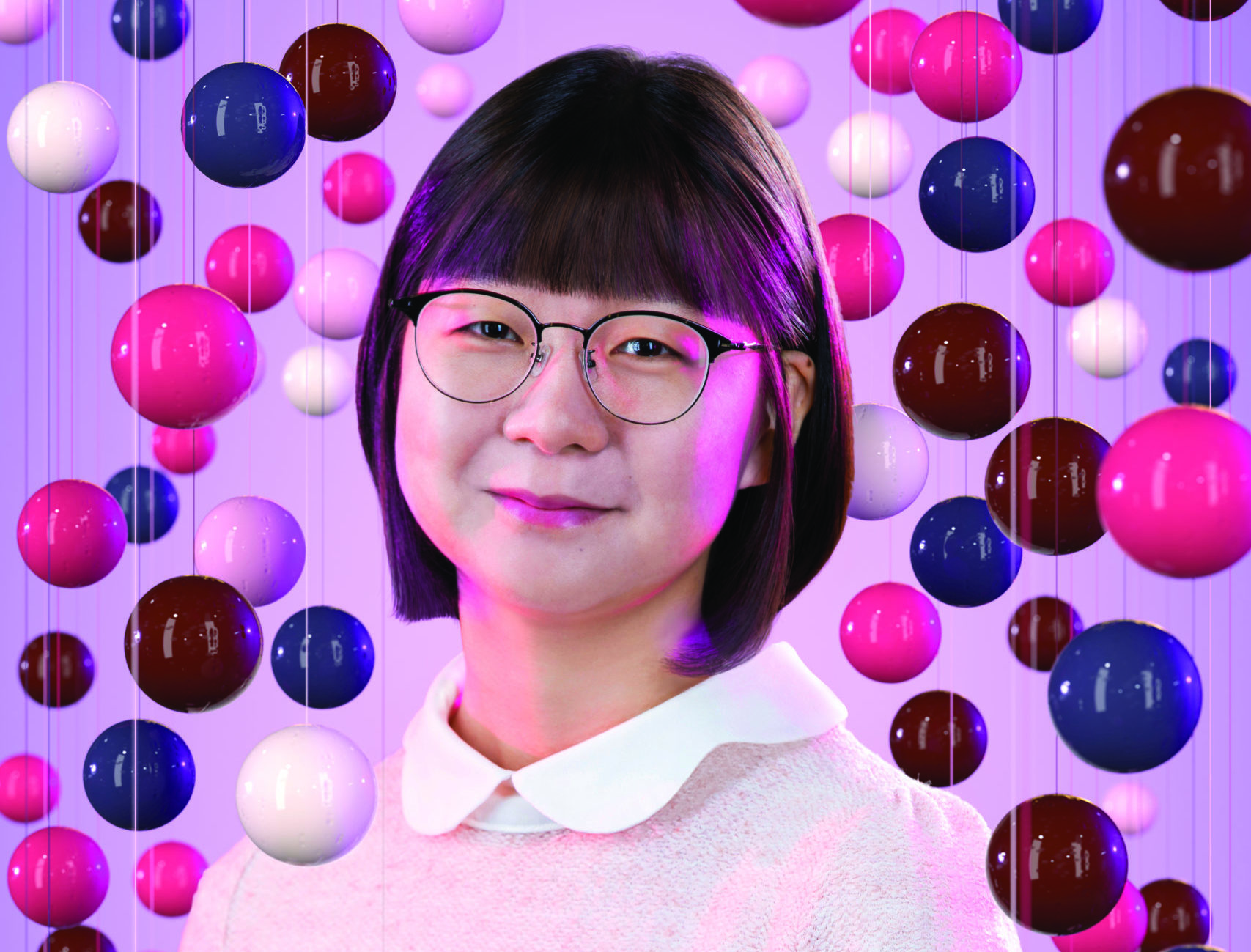 Portrait of Milim Lee courtesy of SCAD.
Portrait of Milim Lee courtesy of SCAD.
Nadeau shared the playfulness of the drive-by show, the excitement in sharing art after so many weeks in isolation, as well as choosing to cut the install short in solidarity with the growing racial justice protests in Los Angeles sparked by the death of George Floyd.
WHITEWALL: How are you doing?
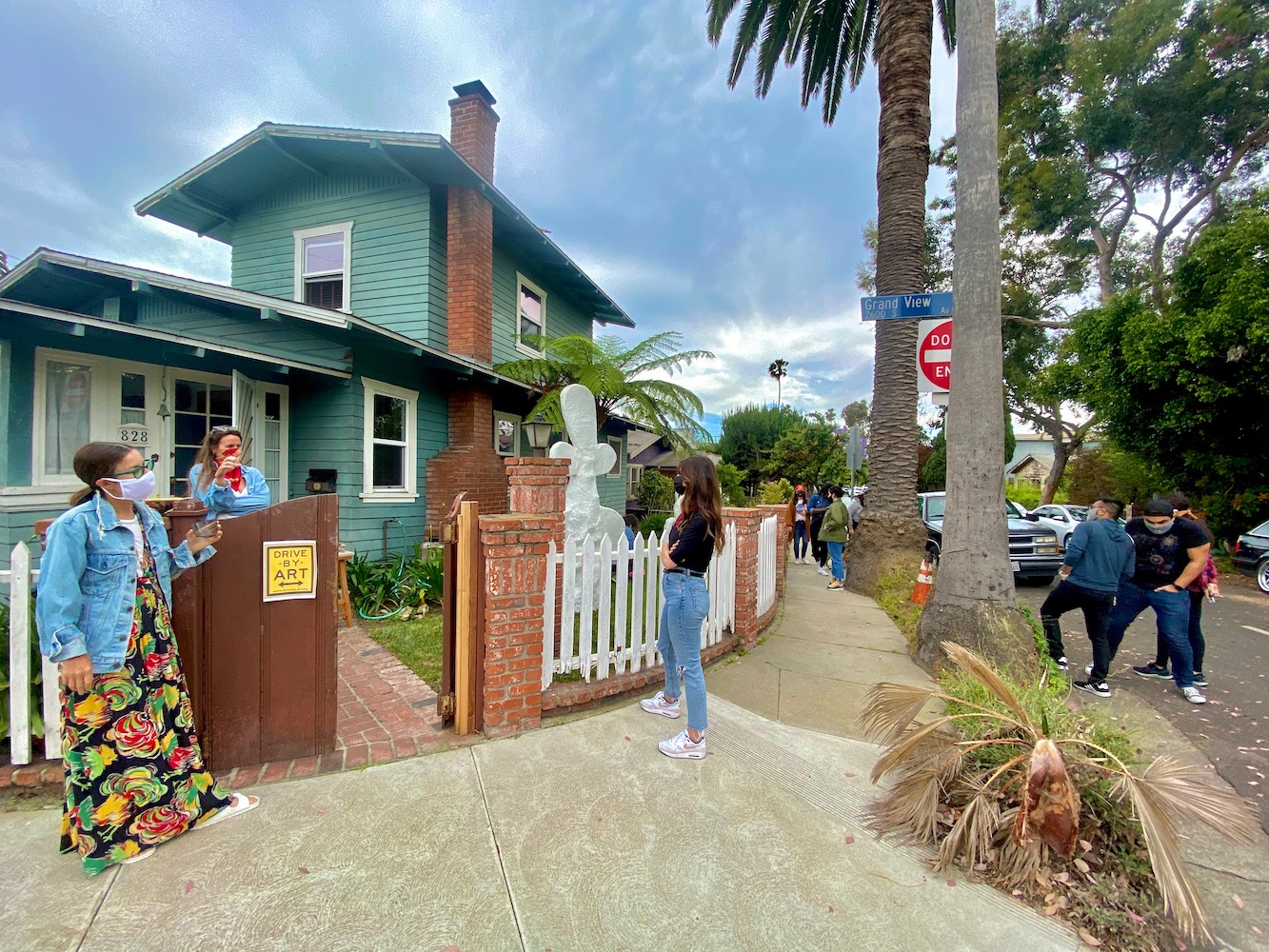 “Drive-By-Art,” photo by Michael Slenske.
“Drive-By-Art,” photo by Michael Slenske.
NICOLE NADEAU: Like most people, I have been a rollercoaster of emotions. Day by day has been my strategy—conscious to feel the feelings in this time of compound crises and letting them in. I think it’s important to listen and allow yourself to feel scared and sad. Trying hard to be present, not think too far ahead, and give love and gratitude.
WW: You recently participated in “Drive-by-Art” in LA. What did you create for the project?
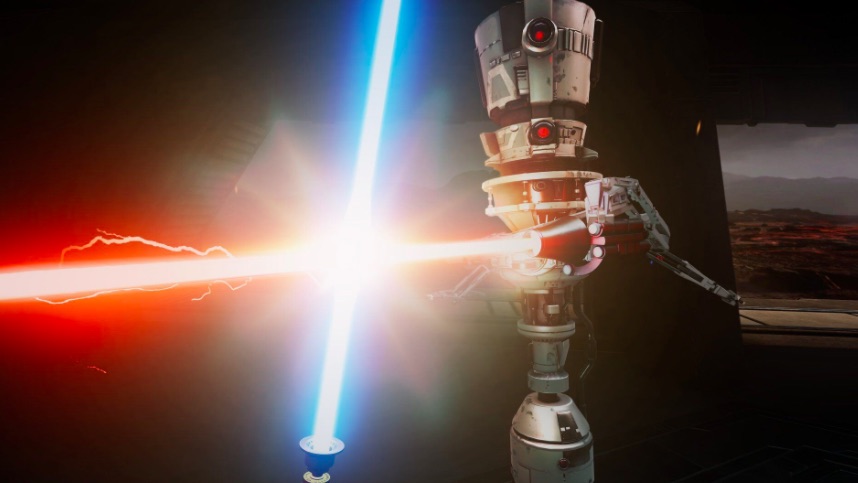 Milim Lee’s work on Vader Immortal.
Milim Lee’s work on Vader Immortal.
NN: I love public art and hope to do more. “Drive-By-Art (Public Art In This Moment of Social Distancing),” organized by Warren Neidich, Renee Petropoulos, Michael Slenske, and Anuradha Vikram, is an outdoor public art exhibition that can be experienced from one’s own automobile. It initially debuted in Long Island, NY, and was very successful with collaborators like Parrish Art Museum.
In a front yard in Venice, CA, I showed my fiberglass large, outdoor sculptures. The work Flower By Another Name started as a sculptural interpretation of a drawing I made as a child and is a conversation between present and past.
I became interested in flowers and how they rendered as iconographic symbols in their anthropomorphic form; their gestural postures conveying different personalities. The pieces represent home and family dynamics, and community.
It was interesting for me to think of the interaction of Drive-by-Art and the sculptures: the work is made out of the same automotive industrial materials as the viewers’ cars. The flowers whimsical and amorphic shapes made of fiberglass and automotive bondo paint ranges from four-feet-tall to 10-feet-tall.
In my practice, I enjoy playing a lot with material. Blending the industrial with natural materials and techniques to create something surprising. With the flowers, I wanted to transform the hard industrial material into something softer in appearance. I used car bondo with my hands to create a texture you would see in clay. It was interesting to me to make fiberglass look soft like plaster.
WW: What was that unique public art/social-distancing experience like?
NN: The first day of Drive-by-Art the experience was so playful. You could see people craving to be social from a distance and happy to be seeing art again IRL. I love how it felt like a scavenger hunt, with work existing outside of a white-wall gallery setting.
There was a range of interactions: a few people were hugging the sculptures. It’s crazy to think that in this context people could touch the art, but couldn’t touch each other. Some even sat down in the grass, with picnic blankets around them like a sculpture park, which made me very happy.
Most people would lean over the white picket fence to get a closer look or stayed in their cars and slowly rolled by. My favorite was the people who had no clue this was going on and were just so shocked and pleased to see art up or at that scale. Witnessing pure joy on someone’s face feels more precious these days.
On the second day, it became a very different experience and situation, because, at the same time, protests started to happen in West LA. I cut the install short because it didn’t feel right, as I wanted to show my support for BLM and against police brutality. There were so many road blockages making it hard for people to get around, curfews at 4PM, and unrelenting helicopters. If the world didn’t feel like it was crumbling already, it definitely did then. You could feel the tension in the air and the intersection of the compounded crises.
WW: How have the ongoing protests against police brutality, fighting for racial justice, impacted your practice?
NN: To be honest I haven’t been able to make work or think about anything else. It doesn’t feel appropriate now. I’m sure it will come out in practice later, but I’m dealing with the issues at hand currently. My full attention has been on reading, learning, listening, showing support, and action in any way I can. My heart is broken. All black lives more than matter. I have been, will continue to, and will always be fighting against hate and indifference.
I read something circulating on Instagram—a Talib Kweli post—that felt on point in terms of support and caring for each other during this time. It said, “Some are posting on social media, some are protesting in the streets, some are donating silently, some are educating themselves, some are having tough conversations with family and friends. A revolution has many lanes, be kind to yourself, and to others who are traveling in the same direction. Just keep your foot on the gas.”
WW: How has the time at home the past few months impacted your creative process?
NN: I’ve been displaced from my studio. It closed during the pandemic. This put some of my work on hold. I started new work that I could make in creative ways working outside at home and out of a friend’s garage for large sculptures. I have been working on a mushroom table sculpture. I’ve been making hundreds of ceramic mushrooms. It’s become a daily practice and a great repetitive meditation, keeping my hands moving and my mind focused. This will be part of a new body of sculptures that are non-functional furniture pieces. I always have some design influences in my work, being a generational craftsman with a background in industrial design.
To stay connected in the first weeks of quarantine I started a 10-day art hang on Instagram—for artists and non-artists. The incentive was to just be creative and maybe give an anchor to the day with an art project to keep quarantine sane. It was really wonderful to see the outpouring of people creating and communicating while approaching each day differently. Aesthetics aside, the exercise created moments of hope and connectedness that really felt like a community early on. I fully believe in being a little more gentle and understanding of people and ourselves during this time. I think is important to be kind right now.
I have too many ideas normally that I can’t execute. The time in isolation, to be with myself has allowed me to do and revisit ideas, as well as pick up new ones. I’ve brought back a book project I’ve been working on since 2014. It’s an aggregated, documentation of the way people fly in their sleep. It started simply as a question I’d ask people socially as a tool to get their guard down and get some real answers. Then I turned it into a crowdsource/future book of sorts. I have a link to download the form on my Instagram and people write and draw how they fly in their dreams. It’s called Flying Asleep. One notable observation I discovered is that not one person thus far flies the same way.
Viewing dream imagery lends itself to empathy towards other people. We were all kids once and most of us dream of soaring to great heights.
WW: Amid these compounded crises, how have you stayed inspired and hopeful?
NN: It’s very difficult, forcing myself to keep moving forward, trying to create no matter what the idea. Work is usually the reward, making and giving myself activities. But it’s very hard to make work or think about anything else. I keep moving, accepting change and unknown things I have no control over. I try to think creatively outside of the box and have something, anything to look forward to. I think this moment has also reminded us all how fragile life can be. We’re feeling everything more. People make me inspired and hopeful—standing up to injustice and seeing the start of change.







